Warm greetings to my fellow Photography Life readers! My name is Sharif and I am the photographer behind Alpha Whiskey Photography. I have been very kindly asked by Nasim to write an article for Photography Life, which has proved to be an excellent resource for photographers all over our planet. Nasim specifically invited me to write about my experience with my Olympus Micro Four Thirds mirrorless camera, the lenses I choose to use with it, and why I prefer it to my DSLR system, along with some examples of images I have produced with it.
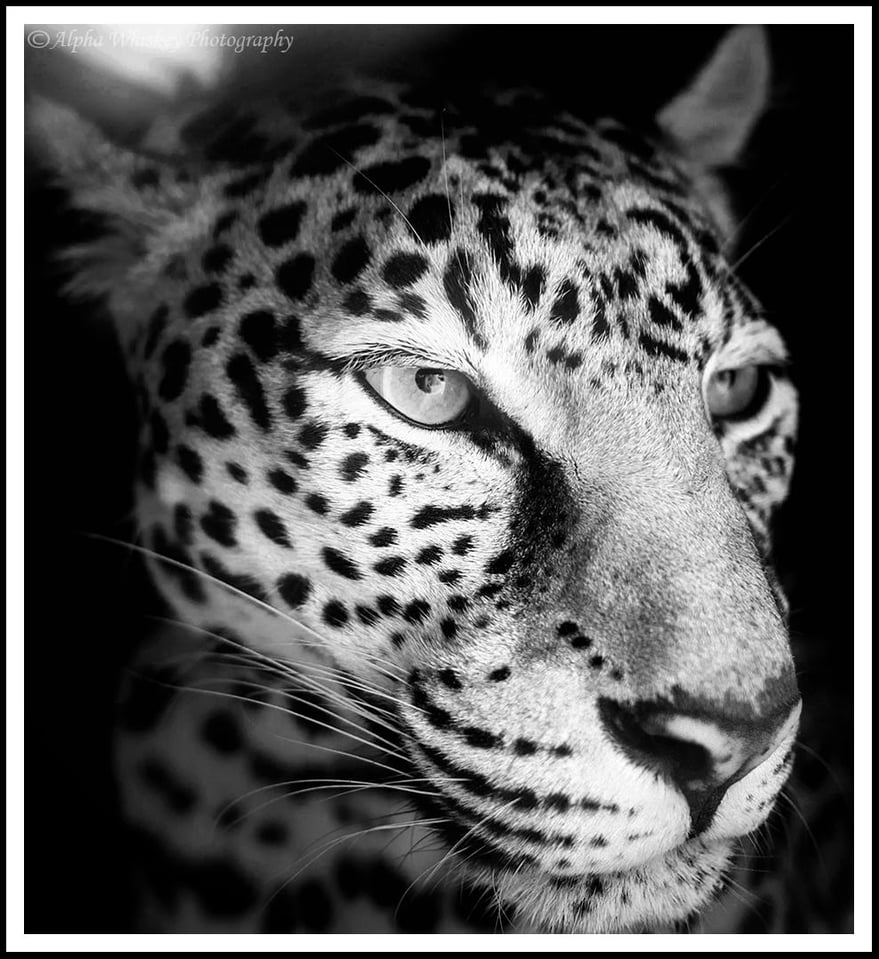
Panasonic 20mm f/1.7, ISO 200, Virtually the first image I shot with my EM-5
While I would be the first to assert that photographic equipment has little to do with the creative process behind seeing and constructing a worthwhile image, we have to accept it does have some influence in how we capture it.
Panasonic 14mm f/2.5, ISO 200, 20 secs. Waterfall Country, Wales.
Nasim has rightly said that many people will buy expensive and bulky equipment that they don’t necessarily need, and then try to justify it to themselves. In a sense, I have gone the other way, downsizing my gear, and hopefully I can explain the value of doing so.
Panasonic 20mm f/1.7, ISO 200, 2 secs. More info.
Having used DSLRs for quite a few years, a twist of fate led me to the world of mirrorless last year, and I haven’t looked back. After photographing some birds of prey with my Nikon D600 and Nikkor 70-200mm f/2.8, both that camera and lens fell out of my open camera bag, and the weight of the lens drove the camera body into the parking lot gravel. Hard! And even though Nikon repaired the camera free of charge, it took them six weeks and that’s an eternity for any photographer to be without a camera. My sister’s wedding was soon approaching and, of course, I was the designated photographer. I needed a camera!
Panasonic 14mm f/2.5, ISO 200, 0.8 secs hand-held. More info.
So I used the opportunity to act on my growing desire for a smaller system. I had been looking for something lighter and more compact but still packing enough quality, and which didn’t feel like I was hauling a space shuttle up Mount Everest every time I went out to shoot; preferably a world away from the massive, cumbersome camera bags with a ton of gear compressing my spine.
Panasonic 14mm f/2.5, ISO 2500, 1/50 secs. More info.
After all the inevitable research, I purchased the Olympus EM-5 and three primes: the Olympus 45mm f/1.8, the Panasonic 20mm f/1.7, and the Panasonic 14mm f/2.8.
Panasonic 14mm f/2.5, ISO 200, 0.8 secs hand-held. More info.
The EM-5 was a revelation to me; it was the perfect blend of size and quality. The newer Olympus EM-1 approaches DSLR size, which I was trying to get away from; and the smaller PEN cameras were too small for me and lacked a viewfinder. The feature set of the EM-5 was actually useful, not simply a glut of gimmicks and megapixels to look good on a spec sheet. It was as if someone sat down and thought about what a photographer might really need for the shooting experience.
Olympus 45mm f/1.8, ISO 200. My friend Genka.
Furthermore, the available lens options for the Micro 4/3 system are vast, with access to both Olympus’s and Panasonic’s inventory, much of which is excellent.
Olympus 60mm f/2.8, ISO 200, My friend, Jena, a great photographer herself.
My two favorite features on the EM-5, which helped clinch my decision to purchase it, include the excellent image stabilization, allowing me to make exposures as slow as 1 second hand-held! This means I can take night shots or slow down waterfalls without a tripod. And as I enjoy taking long exposures at dusk, the Live Time feature, which allows you to see the exposure developing on the LCD, is a fantastic time saver. I no longer have to wait to see the result and then take it again at a different shutter speed.
Olympus 60mm f/2.8, ISO 200. Heron in Regent’s Park, London.
The real surprise, however, was the terrific quality of the sensor, complemented by the superb lenses. Yes, the sensor is smaller than FF or APS-C sensors, but I have printed images made at ISO 6400 and they look great. The noise pattern and dynamic range of the RAW files are excellent in my humble opinion. Many people obsess over noise, but it has never really bothered me. If anything, it adds an aesthetic texture to (especially black and white) images.
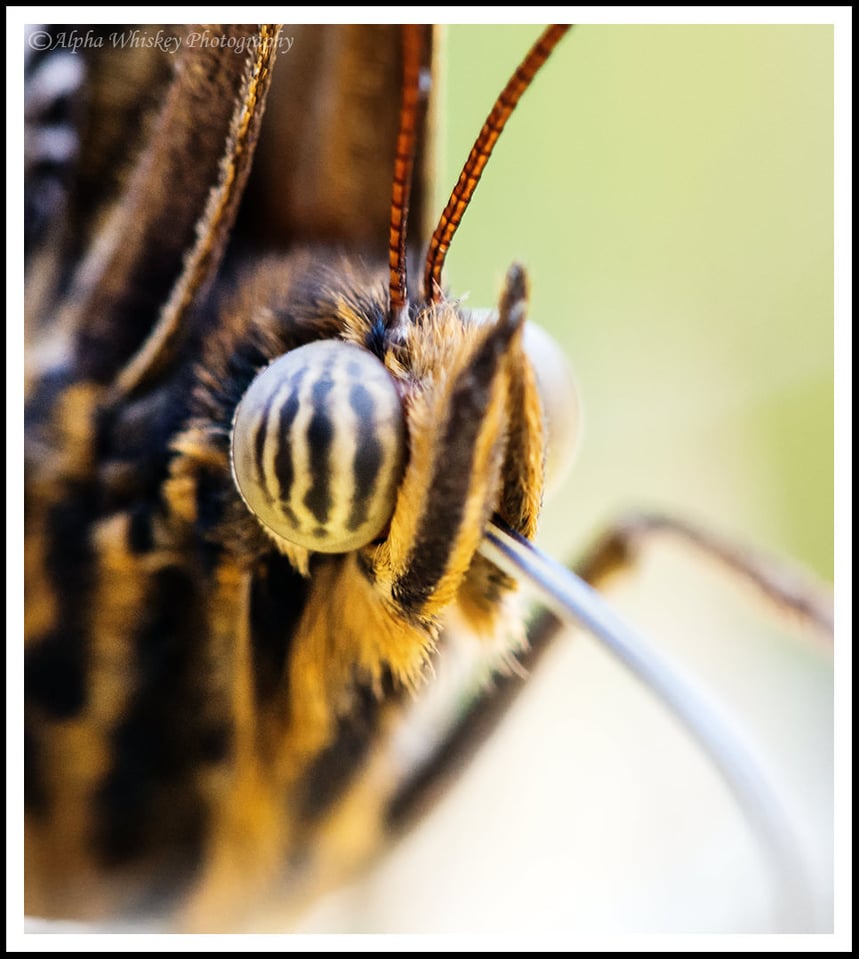
Olympus 60mm f/2.8, ISO 800. More info.
Depth of field is another issue for some, and while I love the creamy DOF from my FX Nikon and primes, Olympus make some beautiful fast glass, such as the 45mm f/1.8 (which I used almost exclusively on the London photo walk with Nasim) and the 60mm f/2.8 macro, both of which have excellent sharpness and beautiful bokeh.
Olympus 60mm f/2.8, ISO 200. Richmond Park, London.
One disadvantage of the Micro 4/3 system in contrast to DSLRs is the continuous AF. While fast for static subjects, the AF on these cameras can struggle with moving subjects. It is possible to achieve focus on a moving subject, but it often involves pre-focusing and a little luck. Certainly, not the hit rate of a DSLR.

Olympus 45mm f/1.8, ISO 200. More info.
Additionally, I occasionally miss ultra wide shooting with my DSLR, and I’m waiting for Olympus to bring out its 7-14mm f/2.8 so I can get back to some wide-angle fun!
Olympus 60mm f/2.8, ISO 200. View from Cam Peak, Gloucestershire.
The Panasonic 14mm is a great little fast pancake lens, and some of the images I have made with it have been published in magazines and leaflets. But I have since sold it and acquired the Olympus 12-40mm f/2.8, which is wider at the wide end, and has less distortion and chromatic aberration. I have happily taken and shot with my three primes overseas and all over the UK, but the 12-40mm will make a great travel lens, albeit bulkier. I am keeping the Olympus 45mm f/1.8, which is excellent, and may keep the Panasonic 20mm f/1.7 simply because of the fast aperture and its amenability to street photography. The Olympus 60mm f/2.8 macro makes an excellent portrait lens without forfeiting AF speed like most macro lenses.
Olympus 45mm f/1.8, ISO 6400. Not a bad result for such a high ISO.
It does seem that my lens choices are slowly making the system bulkier again, especially as I hope to acquire the impending Olympus 40-150mm f/2.8 and 7-14mm f/2.8, but remember these are all much smaller than their DSLR counterparts, and would only be used for specific subjects. The bulk of my shooting is done with the small primes, since having a compact kit makes shooting more efficient, more challenging, and more enjoyable.
Panasonic 20mm f/1.7, ISO 500, 0.4 secs hand-held. More info.
Despite the few limitations of these systems, I can see myself eventually selling off all my remaining DSLR gear and sticking to mirrorless. For my hobbyist needs, and increasingly the needs of many professionals, it has proved itself capable of excellent quality in a smaller package, and I can see mirrorless cameras becoming ever more popular.
Panasonic 20mm f/1.7, ISO 5000, 7-shot composite. Thanks to the EM-5’s burst rate.
As much as I stress the importance of composition, framing, timing and skill, I hope my photographs demonstrate (perhaps reassure) what can be achieved with this system and the range of subjects it can be used for, and perhaps even save a few more compressed spines and achy arms along the way.

Panasonic 14mm f/2.5, ISO 200, Pirin Mountains, Bulgaria.
It has been a privilege to write for Photography Life, and I hope you enjoy my photographs.
Olympus 45mm f/1.8, ISO 200. More info.
Warmest Regards,
Sharif.
Olympus 45mm f/1.8, ISO 200. More info.
Panasonic 14mm f/2.5, ISO 1000. More info.
Panasonic 14mm f/2.5, ISO 200. More info.
Panasonic 20mm f/1.7, ISO 200. More info.
Olympus 60mm f/2.8, ISO 1600

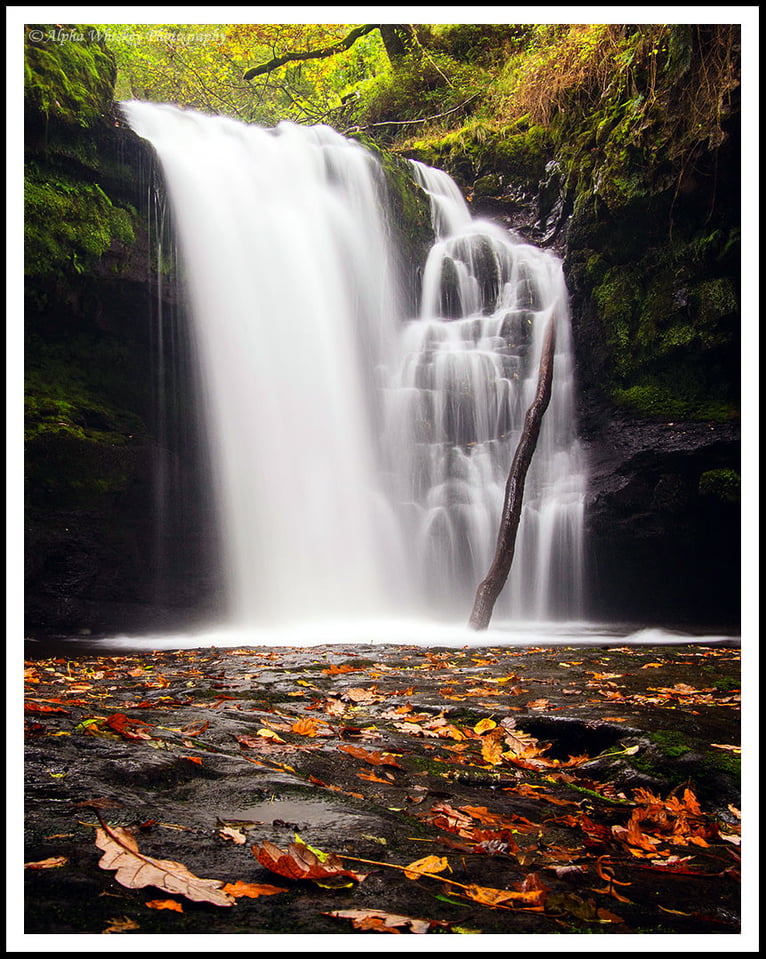
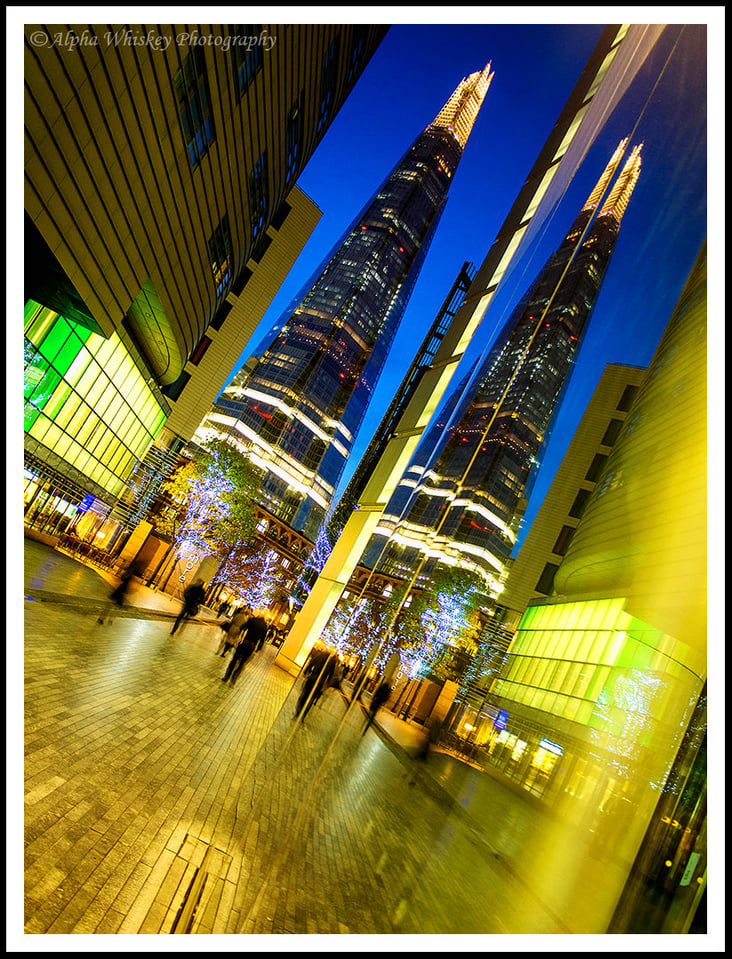
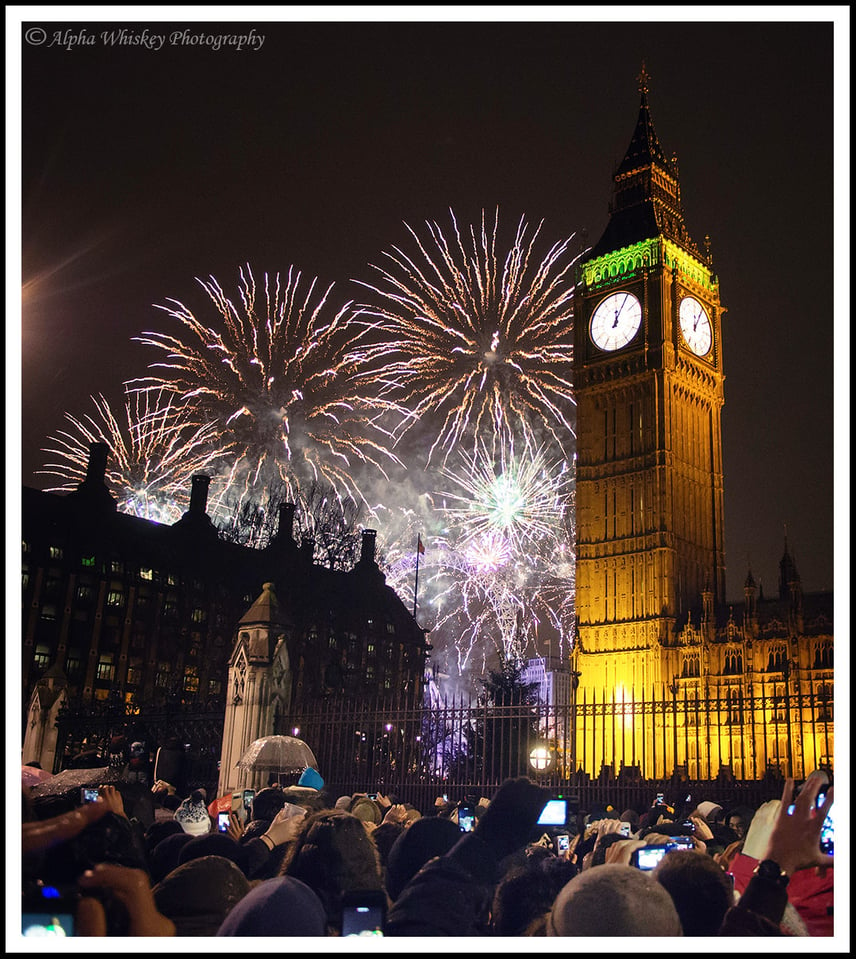

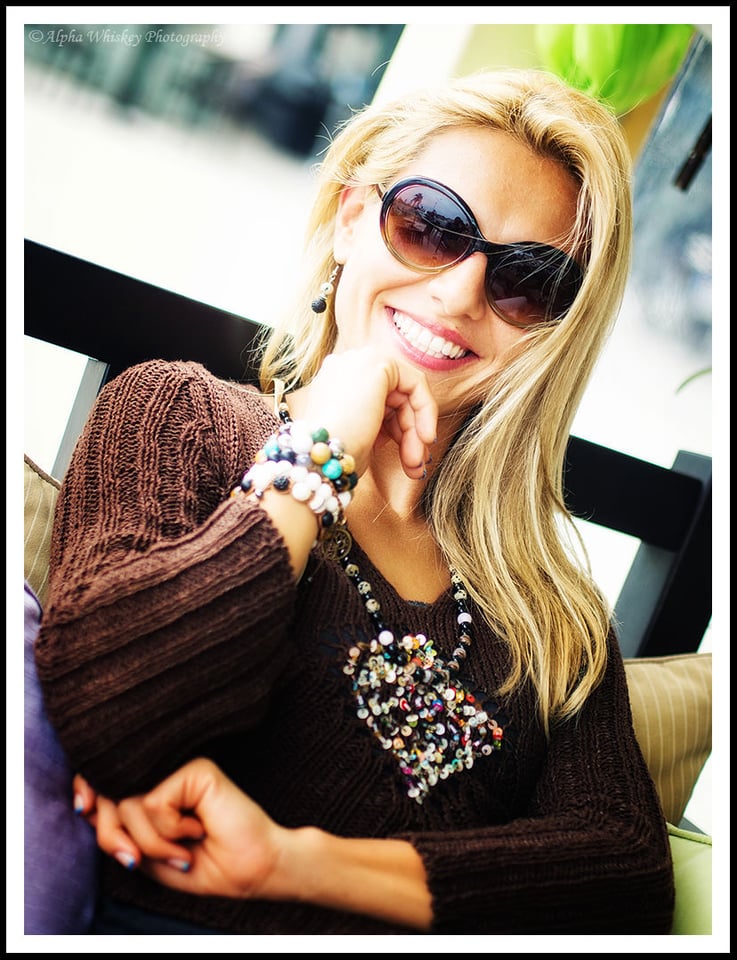

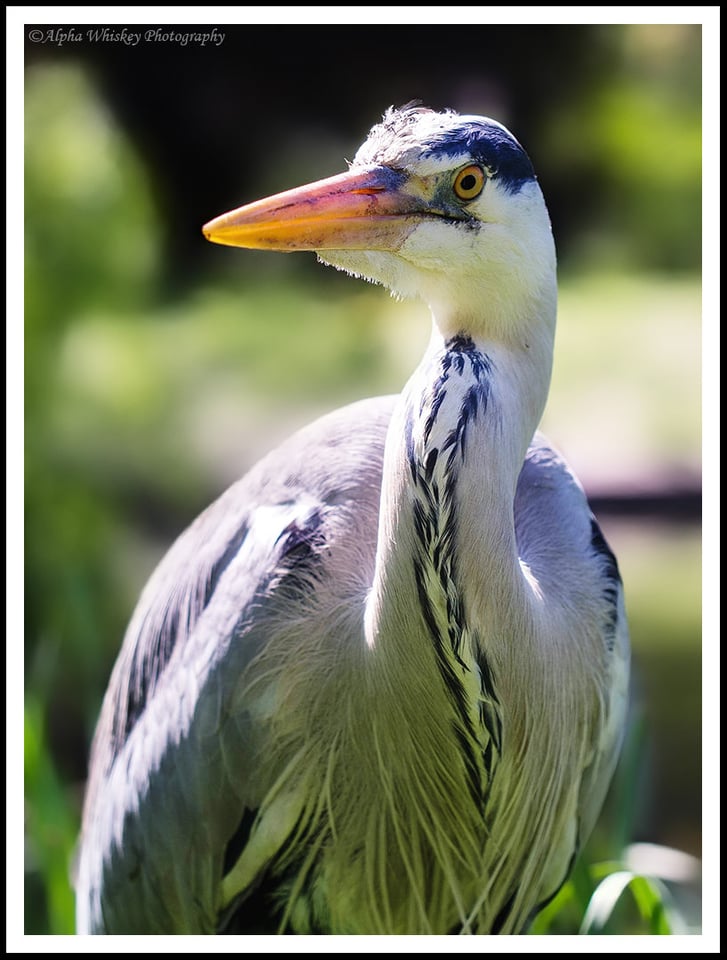





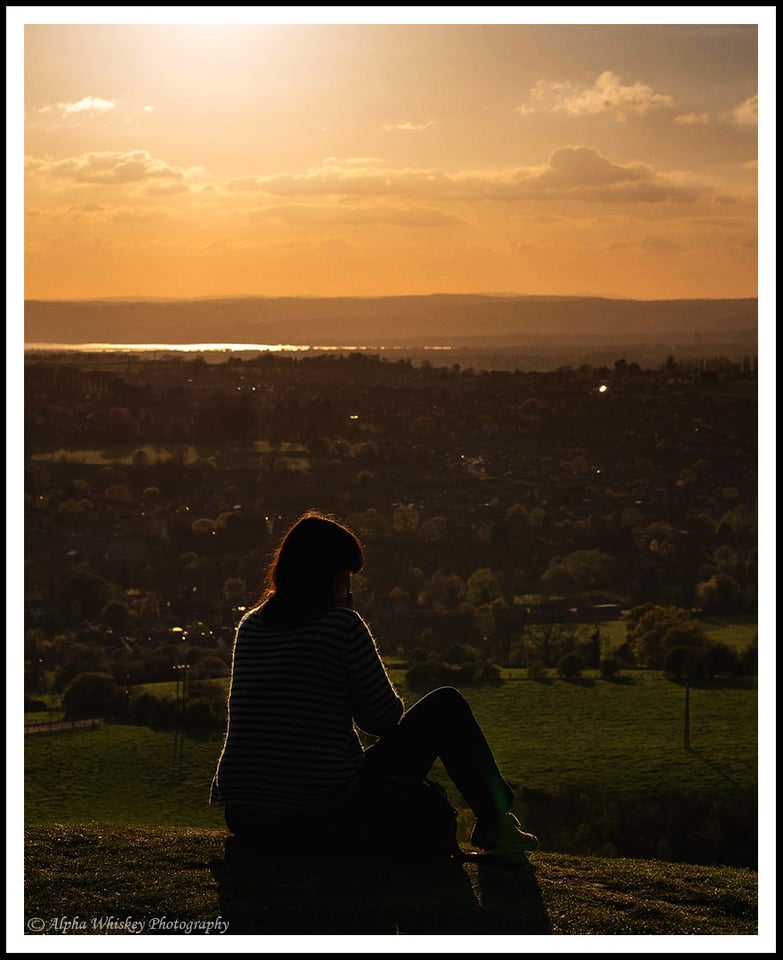


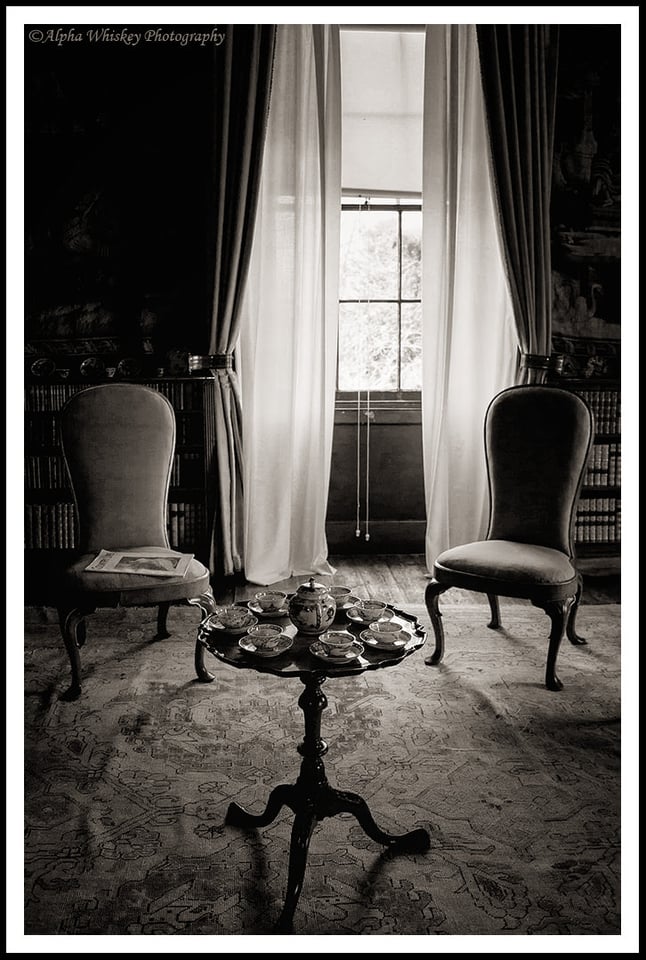


Thoroughly enjoyed this article. As I am new to Olympus, would you comment on what the difference could have been had you used the OM-D IV instead of the E-M5 but with same lens as you used in photos?
Thanks.
Want to download any game or software related to PlayStation, it is the time when the user needs to spend money in buying these games or software, So here comes the role of these codes(PSN Codes) which helps in availing discount, and spend lesser while purchasing or downloading any stuff related to PlayStation. There is no need to worry about how to get these PSN codes, just visit the link PSN CODES FOR FREEmentioned here and all will be done with ease. These PSN codes are very easy to use and are very helpful in getting the deals done in more simpler and cheaper way.
Lovely article and pictures. I am in a bit of a dilemma right now. I use to own the D200, then got a D300S and then moved to a EM1/12-40 combo because of the weight when travelling.
I love the em1 and the 12-40 and have used at for some time now, but I have begun shooting the night sky / milky way, and so on and I am not that happy with the result I am getting from the em1 noise wise.
And I also find that the wide angle nature photos are missing something compared to my D300s. So I am actually thinking about getting a D750 and a fast wide angle.
I can’t really put my finger on what is missing, but somehow I find the DSLR pictures more detailed – don’t know if that makes any sense.
What’s your take on my “problem”
Dear Kenneth,
Thank you for your comment. I personally have shot the night sky and Milky Way with my E-M5 and 12-40mm. Noise didn’t bother me that much. Some examples here:
alphawhiskey.slickpic.com/photo…FourThirds
I’m afraid I cannot speak to what you may be missing. I personally have been trying to get away from ultra-wide angle shooting which serves little purpose for me. DSLRs may indeed seem more detailed with a higher pixel count, pitch and acuity consistent with a larger sensor.
I am very satisfied with the sharpness of my Olympus lenses and the details they render.
Regards,
Sharif.
Thank you for this article. After many years of avoiding going digital, I got an Olympus EM5II. Starting with the 12-40 f2.8. My trusty Canon F1 will find it’s home on the shelf along with my Hasselblad… I didn’t realize how much I was missing out on by sticking to film. Nice to be able to cut the amount of gear required and get awesome results. Learning the computerized settings is the next ordeal.
Dear Sharif – I just came across your article and wanted to thank you for such an informative and well-written post! Your images are outstanding! As a fellow Olympus user, I was impressed with your lighting and composition skills – great work!
Sincerely,
Alex Galimov
Thank you Alex! I appreciate the kind words, and thank you for leaving a comment on my blog! Best wishes for the New Year :)
Awesome Pics. I hope to get some shots 1/2 as good as yours on my upcoming trip.
I swapped out my D800E and all the lenses/flashes for the OLY OMD and haven’t looked back. This camera is awesome, both as a travel camera and an event camera. Having swapped out the big DSLR for a lighter/smaller system I wasn’t sure in the beginning, but within 2 days, I knew it was all going to work out. I didn’t give up IQ one bit, especially since none of the brides ever bought a billboard sized print to reveal any differences. This camera is a gem and the lenses are awesome.
Look forward to seeing more of your images.
Thanks Jeff! I’m pleased the transition worked out well for you :)
Well , reading this and looking at the photos , I think I know what to do . The problem is the choice between the Oly em 5 mk II and the Fuji X-T1. Maybe the Fuji has a little better IQ , but still the Oly looks superb and has more to offer ! So sell my D7000 and all these heavy lenses and buy the Olympus Em-d 5Mk II. YES ! Thanks for the article.
Hi – your photos are amazing and between your discussion with Skeptical 1 I find I am still at a crossroads. I have a little Sony RX100 iii which is great. I just started volunteering at a horse non profit last summer and tried to use the RX100 and the Sony NEX6 with a zoom lens for indoor arena events – not much luck and in fact the RX100 shots were better. I am still on a learning curve but want one camera with a bigger zoom to complement the RX100. After discussions with local photographers at a camera store, I am close to choosing the Olympus EM10 with an appropriate zoom lens as I don’t really want to bulk up on DSLR’s and gear…..however, from some discussions below I think the occasional indoor arena event may mean I should invest in a used SLR and appropriate lens. At this point I was hoping to stay around the $1,000 mark but I could also wait and save – after the impulse last year of getting rid of very old SLRs (Canon) and the impulse buy of the Sony NEX6 in an effort to downsize, I don’t want to make another impulsive mistake now that I know what it is I want to be shooting. Basically I need the RX100 with a good zoom! Thanks for any direction.
Hi Monica,
I am not a huge fan of the Olympus EM10 for this purpose. As much as I love this camera, focus tracking is a clear weak point. Without getting into the weeds too much, the EM10 lacks phase detection auto-focus and relies on a different method called contrast auto-focus, which does not do a great job of tracking movement. It is merely okay…and that means it is difficult to know if you nailed the focus. It is not close to even an entry level Nikon DSLR in terms of tracking ability. A bummer I know.
The OMD-M1 (their top model) has both focus types and would be much better suited for something like sports. Further, you must pair this camera with native micro-four thirds lenses to get the phase detection AF. I shoot fast moving pets successfully all the time…but I wouldn’t even consider it without their best glass. Again, another bummer in terms of cost. Note that even the M1 with the best glass does not track as well as my D7100…the reason I use that camera instead for wildlife (birds in flight). The M1 is more adequate for subjects that are close – like a dog running around 50-100 feet away…but focus accuracy deteriorates with distance.
In your case, budget is clearly an issue. I would seriously consider getting a used DSLR / lens or wait until you can afford an M1. Sorry to be the bearer of bad news, but I don’t want you to spend hard earned money on a camera that won’t perform.
Thanks so much Sceptical1 – after reading your post and this discussion I figured as much but I really appreciate your reply. This will help me be patient and watch for a good used DSLR and lens. Even if this is only a hobby I want to do the best I can with the budget I have, otherwise I am just making another costly mistake (NEX 6) and setting myself up for disappointment. Thanks again for your response and for helping me figure out my homework!
“Basically I need the RX100 with a good zoom” The Sony RX10 has the same sensor (or as good I believe) with a 24-200mm F/2.8 lens. Looks like it could meet your needs? :)
Regards,
Sharif.
Hello Sharif. First of all those are amazing photos. I really enjoyed your style, and as Panasonic GH4 and soon to be GX7 user, they were truly inspiring. Congratulations on your success. Just one question if you don’t mind. I truly enjoy shooting with primes but I’m truly considering buying into the pro zoom lenses, either panasonic or olympus. You mentioned your zoom lenses will only be used on certain subjects. Can you expand on that? What certain situations would you prefer your zooms over primes? Thanks again and I’ll sure to be following your work.
Hi Vince,
I have both the 12-40 and 40-150 Olympus “Pro” zooms. I like both of them very much and find them useful vs primes for most situations. There are two areas where I think primes do a better job. The first and most obvious is low light. I frequently take pet pictures indoors using window light. The 1.8 speed allows for photos with lower ISO and more background separation. The other area is for portrait ranges. For whatever reason, 40mm is weaker than the rest of the range on the 12-40. When I want that range, I almost always go for the prime.
Note that that 40-150 is a fantastic lens even for wildlife and can be paired effectively with both the 1.4 and 2x teleconverters with little loss of sharpness. Obviously, you need great light to use the TC’s so keep expectation in check :)
I can’t recommend these lenses enough. Note that I also think the Panasonic 35-100 is an amazing lens and would have purchased it if I didn’t know that 40-150 was coming out. They are very similar and it really depends on what range you want.
Thanks sceptical1.
I appreciate you taking your time to give me some of your insight. Any reccommended lenses for m4/3 system? I mostly shoot with a metabones speedbooster and some prime legacy lenses, but I want to get some native lenses for the the AF and being able to adjust my setting more easily in manual. I like shooting landscapes, architecture, portraits, and also video is important to me as is the ability to manual focus while shooting video. I’ll be using a rig or stabilizers to shoot video but only have my gx7 for in camera stabilization when shooting stills. Also with that type of shooting do you think the 40-150 or 35-100 are must have lenses? Thanks again in advance. My plan right now is to get the Pani 20mm, and Olympus 12-40 over the Pani 12-35 for the manual focus ability. Also probably the Olympus 45mm and 60mm macro.
Hi Vince,
I use these cameras mostly for pet photography with a combination of both portraits and action shots. The Olympus OMD-EM1 has excellent in body stabilization, which the GH4 lacks (amazing camera regardless, btw!) For this reason, the most versatile zoom I would consider is the Panasonic 12-35 2.8. I haven’t used this lens, but if its anything like the 35-100, its fantastic and it has optical stabilization. I don’t think the 12-40 is better and you would be limited to using it on the GX7 to get stabilization. I guess it depends on how important manual focus is to you. If it were me, I would get the Panasonic, because the GH4 has such excellent video and having image stabilization is a big plus. Note though that video is not my strong suit (still learning the finer points….)
As for the need for the 35-100 or 40-150, I definitely need it for pet photography action shots. These action shots are frequently taken at some distance, hence the need for the longer range (100mm is fine, I rarely go beyond that) For your purposes, I am not sure the longer lengths are as necessary. You might be able to get away with just having the 12-35, then use longer primes when necessary.
I love the other choices you are considering. The 45mm Oly is great. I can’t speak to the 60mm, but it would be great for the longer range (assuming it is an excellent lens) I haven’t used the Pani 20mm either, but it is very well reviewed and I am sure it would be your go to lens for architectural photography. That said, I would prefer a shorter prime. I tend to shoot slightly shorter or slightly longer, but this is personal preference, and I don’t shoot architecture.
Hey Sceptical1,
Thanks again. I’m still torn between the Panasonic 12-35 or Olympus 12-40, as manual focus with hard stops is so nice to have with video as I won’t be depending on AF. Then again IS would be nice for the few times I decide to do handheld without a rig/steadicam/tripod, and aslo for stills. For now though I think you did convince me to get one of the longer zoom lenses (still not sure which one though!) probably the Pana as longer distances will make IS even more crucial. I do like the shorter primes also and will need to find a good native lens. For now I have the Tokina 11-16 f/2.8, and when adapted to the Metabones Speedbooster becomes a 35mm equiv. of 15.6-22.7 f/2.0. As for the Pani pancake 20mm lens, I’m just excited to have it on me with the gx7 as an everyday never miss a shot option. I have never had a camera and lens combo this awesome, I can stick in my coat pocket! Anyway thanks again.Though I do wish it had that 5-axis IBS the OMD-EM1. Guess I’ll just have to keep on saving so I can have them all. Cheers.
Hi Vince,
Happy to share the information. I really like what you said about the small Panasonic. That would be a perfect walk around lens for a small camera.
As for the OMD-EM1, the IBIS is great, but the GH4 is a more rounded machine if you want great video. I choose the OMD-EM1 because I am mostly a stills photographer. What is great is that there seems to be a camera for almost every need!
Good luck with your decisions. The good news is that it is really hard to go too far wrong considering the choices.
Vince, I can speak for the 12-40mm F/2.8 and 40-150mm F/2.8, which I have found to be excellent pieces of glass. I use the 12-40mm as a general all-purpose lens, especially on my travels. I use the 40-150mm to shoot wildlife and sports (see my blog for examples from South America and here in the UK). I take my 45mm F/1.8 and 60mm F/2.8 with me but hardly used them, the Pro zooms were so good and versatile. Fortunately the 45mm and 60mm are so small they don’t take up much weight or space in my bag.
(Apologies for the late reply. Apparently when comments switched to disqus my subscription to this thread inadvertently ended).
I came across this article because I’m thinking about switching back to a Nikon dslr. I often find the RAW files of both my EPM2 and OMD EM10 to be very ugly and full of artefacts. There is also a harshness and more digital look to the photos I find, if this makes any sense. Many of the photos above look overly sharp, not a natural sharpness that comes from good lenses.
Doesn’t anyone notice that some of the above photos have ugly skies? Like the one from the Pirin mountains? My Nikon V1 skies look better than the M4/3 ones. And even though the Nikon 1 has a smaller sensor, and more noise, I find that better looking noise than that from the Olympus. So if this is the case, I think for me it’s time to go back to the Nikon dslr.